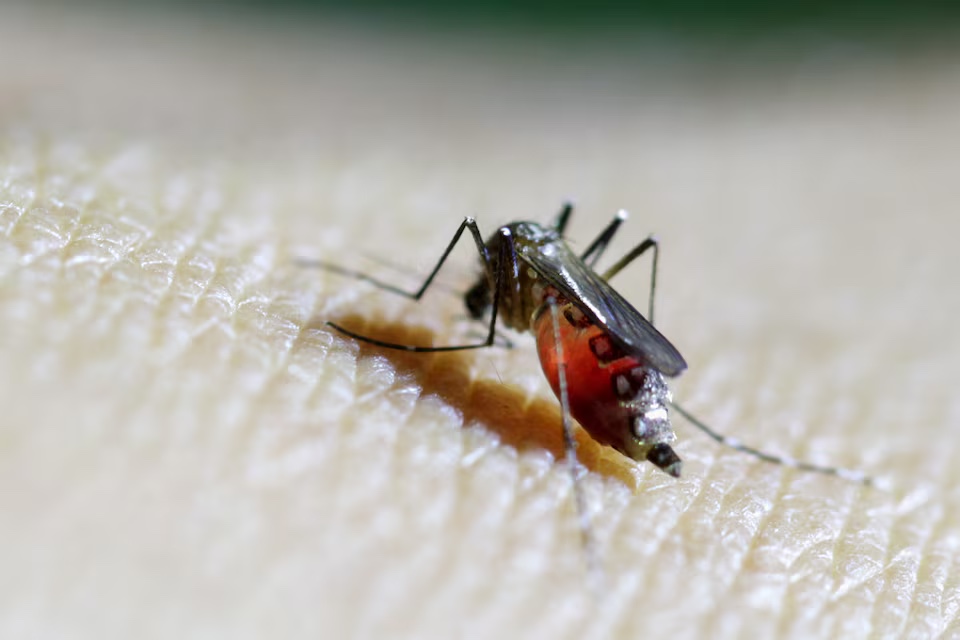
The World Health Organization has issued an emergency call for action to prevent a repeat of an epidemic of the mosquito-borne chikungunya virus that swept the globe two decades ago, as new outbreaks linked to the Indian Ocean region spread to Europe and other continents.
An estimated 5.6 billion people live in areas across 119 countries at risk from the virus, which can cause high fever, joint pain and long-term disability, Diana Rojas Alvarez, a medical officer at the WHO, told reporters in Geneva.
As of September 2025, chikungunya transmission has been documented in 40 countries. The Region of the Americas reported the highest number of infections, followed by the European region, largely due to outbreaks in the French overseas department of La Réunion in the Indian Ocean.
Between January and September, the WHO published a reports of 263,592 suspected and 181,679 confirmed cases, alongside 155 deaths worldwide.
Chikungunya is yet to have a specific treatment and is spread primarily by Aedes mosquito species, including the “tiger mosquito” which also transmits dengue, and Zika, can cause rapid and large outbreaks. As the mosquitoes bite in the daytime, avoidance is key, through the use of insect repellent and long-sleeved clothing.
